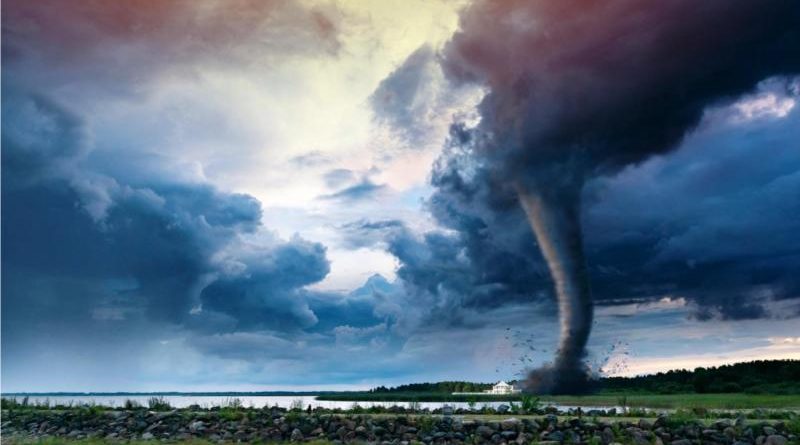What are common effects of tornadoes, and what steps can individuals take to prepare?
Common effects of tornadoes include:
Damage to buildings
Tornadoes can cause significant damage to homes, businesses, and other structures. This can include roofs being torn off, walls collapsing, and windows breaking.
Injuries or fatalities
Tornadoes can cause injuries or fatalities to people caught in their path. These injuries can range from minor cuts and bruises to more serious injuries such as broken bones or head trauma.
Power outages
Tornadoes can knock out power lines and cause widespread power outages, which can last for days or even weeks.
Debris and fallen trees
Tornadoes can pick up debris and throw it around, creating hazardous conditions. Trees can also be uprooted or knocked over, creating additional hazards.
Here are some steps individuals can take to prepare for tornadoes:
Have a plan
Develop a plan with your family for what to do in the event of a tornado. Identify a safe room or area in your home where you can take shelter, and make sure everyone knows where it is.
Stay informed
Stay tuned to local weather alerts and have a way to receive them, such as a weather radio or a smartphone app. Know the signs of a tornado, such as a rotating, funnel-shaped cloud.
Prepare your home
Trim trees and shrubs around your home to reduce the risk of damage from falling limbs. Secure outdoor objects such as lawn furniture and trash cans that could be picked up by the wind.
Prepare an emergency kit
Have an emergency kit ready that includes items such as a first aid kit, flashlight, and non-perishable food and water.
Practice your plan
Conduct drills with your family to practice what to do in the event of a tornado. This can help ensure that everyone knows what to do and can act quickly if necessary.
Consider a safe room
Consider building or installing a safe room in your home. Safe rooms are designed to withstand the high winds and debris associated with tornadoes and can provide a high level of protection.
Know your evacuation route
If you live in an area that is prone to tornadoes, it’s important to know your evacuation route. This includes knowing the location of nearby shelters and the quickest route to get there.
Keep important documents and valuables in a secure place
Keep important documents, such as insurance policies and identification, in a secure and easily accessible location. Consider placing them in a waterproof and fire-resistant container.
Stay alert
Tornadoes can form quickly and without warning, so it’s important to stay alert and aware of your surroundings. If you see or hear signs of a tornado, take immediate action to protect yourself.
Stay away from windows
If you’re inside during a tornado, stay away from windows and exterior walls. Seek shelter in a small, interior room or hallway on the lowest level of your home, and cover yourself with a mattress or blankets to protect yourself from flying debris.
Have a communication plan
Make sure everyone in your household knows how to contact each other in case of a tornado or other emergency. Designate an out-of-town contact that everyone can call or message to check in and share information.
Keep a backup power source
Consider purchasing a generator or other backup power source to keep important appliances, such as your refrigerator or medical equipment, running during a power outage caused by a tornado.
Prepare your pets
If you have pets, make sure to include them in your emergency plan. Have a designated carrier or leash for each pet and keep their food and medication in an easily accessible location.
Check your insurance coverage
Make sure you have adequate insurance coverage for your home and possessions in the event of tornado damage. Review your policies regularly and make updates as necessary.
Stay informed after the tornado
After a tornado, stay informed about local recovery efforts and any potential hazards, such as downed power lines or contaminated water. Follow the advice of local authorities and seek help if needed.




